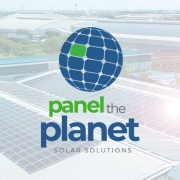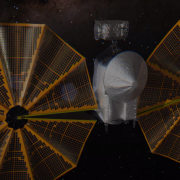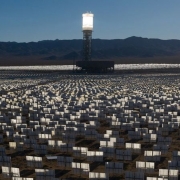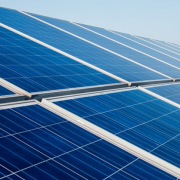ForeFront Power has partnered with Newark Unified School District in California to install a 1.4-MW solar energy and storage system at Newark Memorial High School and Newark Junior High School.
“Seeing this solar portfolio live and operational is like looking into the future of our District,” said Mark Triplett, Newark USD Superintendent. “Not only are we leading by example through our environmental stewardship, but the cost savings from our new solar energy and storage system will help us fund and expand new educational programs to enhance the quality of learning for all our students. Locking in rates through on-site solar and battery storage in an era of rising costs helps us better leverage taxpayer dollars to serve our students and their families.”
Click here to read the full article
Source: Solar Power World
—
If you have any questions or thoughts about the topic, feel free to contact us here or leave a comment below.

 Panel The Planet
Panel The Planet




